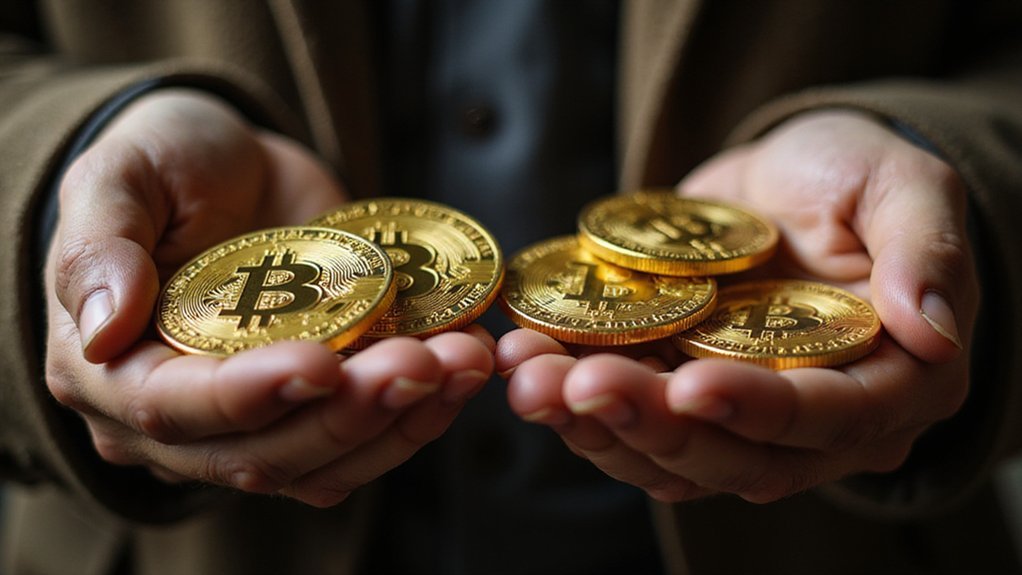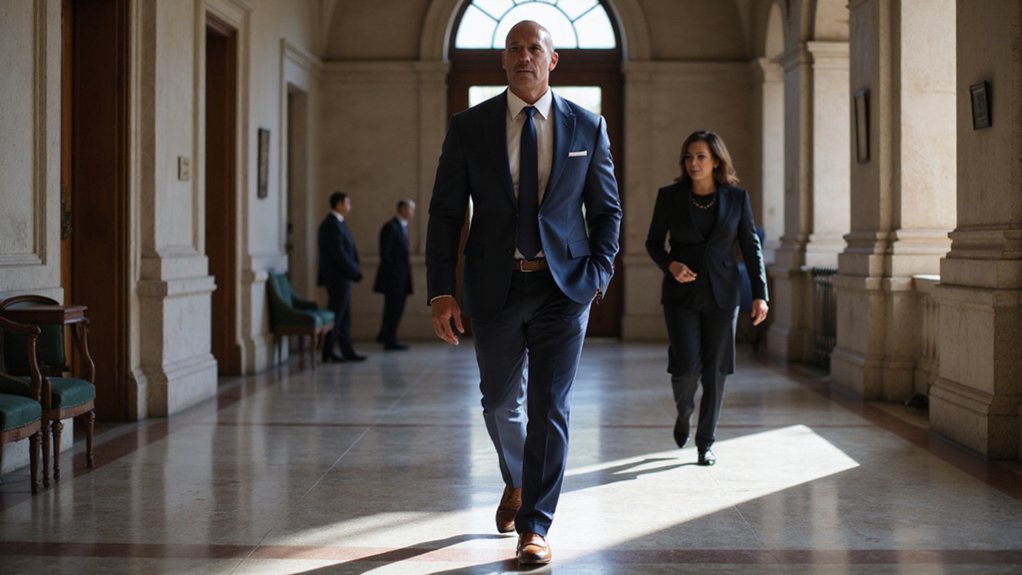While most crypto projects struggle to reverse-engineer legitimacy from meme status, World Liberty Financial has managed the opposite trajectory—transforming from a Trump family venture into what might charitably be called a serious DeFi platform, complete with a governance token that, until recently, couldn’t actually be traded.
The World Liberty Foundation’s June 2025 announcement that WLFI tokens would become transferable represents a stunning reversal from their original non-trading stance. This U-turn carries particular significance given that the tokens had surged 274.30% during the first half of 2025—a remarkable feat for an asset that technically couldn’t change hands on secondary markets. The irony of a governance token achieving such price appreciation while remaining illiquid speaks to either extraordinary market anticipation or the peculiar dynamics of Trump-adjacent crypto ventures.
A governance token surging 274% while remaining non-tradeable exemplifies the peculiar paradoxes of Trump-adjacent crypto ventures.
Founded in 2024 with Donald Trump as Chief Crypto Advocate (a title that deserves its own footnote in financial history), the platform secured substantial backing including $75 million from Justin Sun and a staggering $2 billion from Abu Dhabi’s MGX. The platform operates as a decentralized finance platform without a central authority, distinguishing itself from traditional offshore crypto projects through its US-based structure. The ecosystem’s USD1 stablecoin, launched in March 2025, reached $2.1 billion circulation by April—one of the year’s fastest-growing stablecoins, lending unexpected credibility to the broader platform.
WLFI’s governance structure caps supply at 100 billion tokens with a 5% individual voting limit, ostensibly promoting democratic decision-making. Yet holders cannot earn direct financial returns, making the token’s impressive price performance somewhat paradoxical. The initial non-transferability served compliance purposes, restricting participation to accredited US investors and verified non-US persons through mandatory KYC protocols.
The trading reversal signals a new liquidity phase, with market participants anticipating major exchange listings. This development transforms WLFI from a governance curiosity into a potentially significant market player, though questions remain about regulatory adjustments required for the changeover. The timing aligns with the broader crypto market’s shift toward institutional adoption and enhanced regulatory clarity in 2025.
Whether this represents genuine DeFi evolution or elaborate political theater disguised as financial innovation, the platform’s trajectory—from family crypto venture to billion-dollar ecosystem—demonstrates the cryptocurrency market’s continued capacity for surprise.
The coming months will reveal whether WLFI’s trading debut validates its remarkable pre-market appreciation or exposes the disconnect between hype and underlying value.









